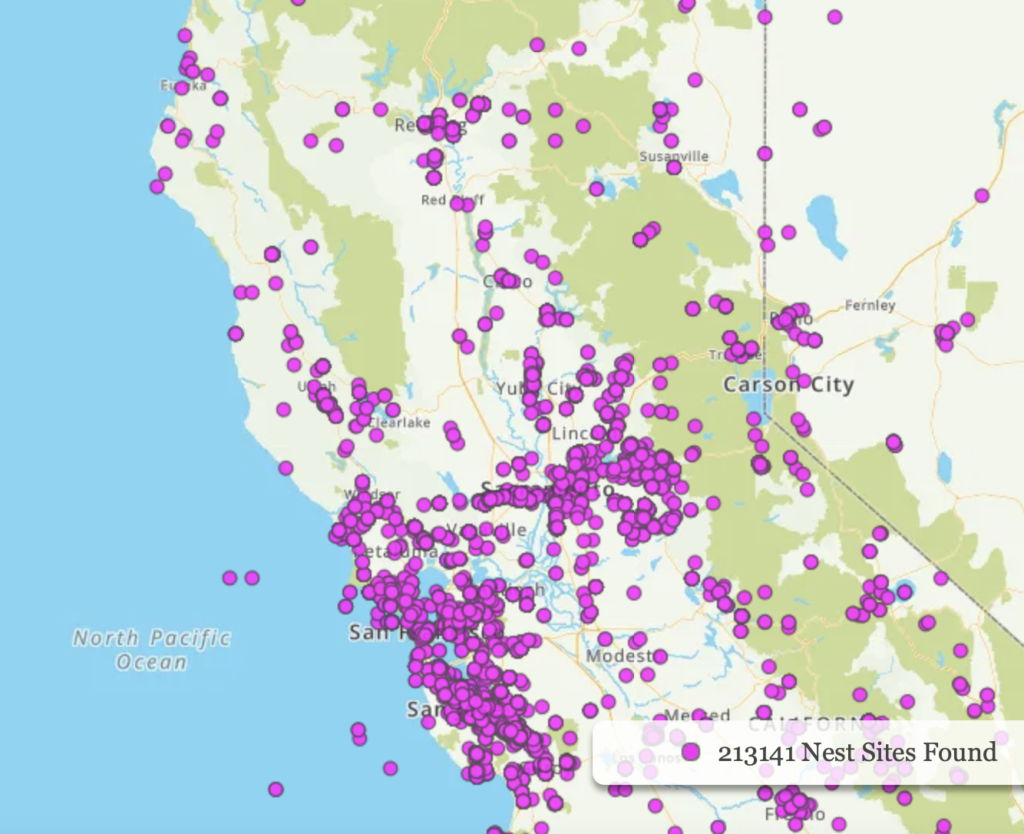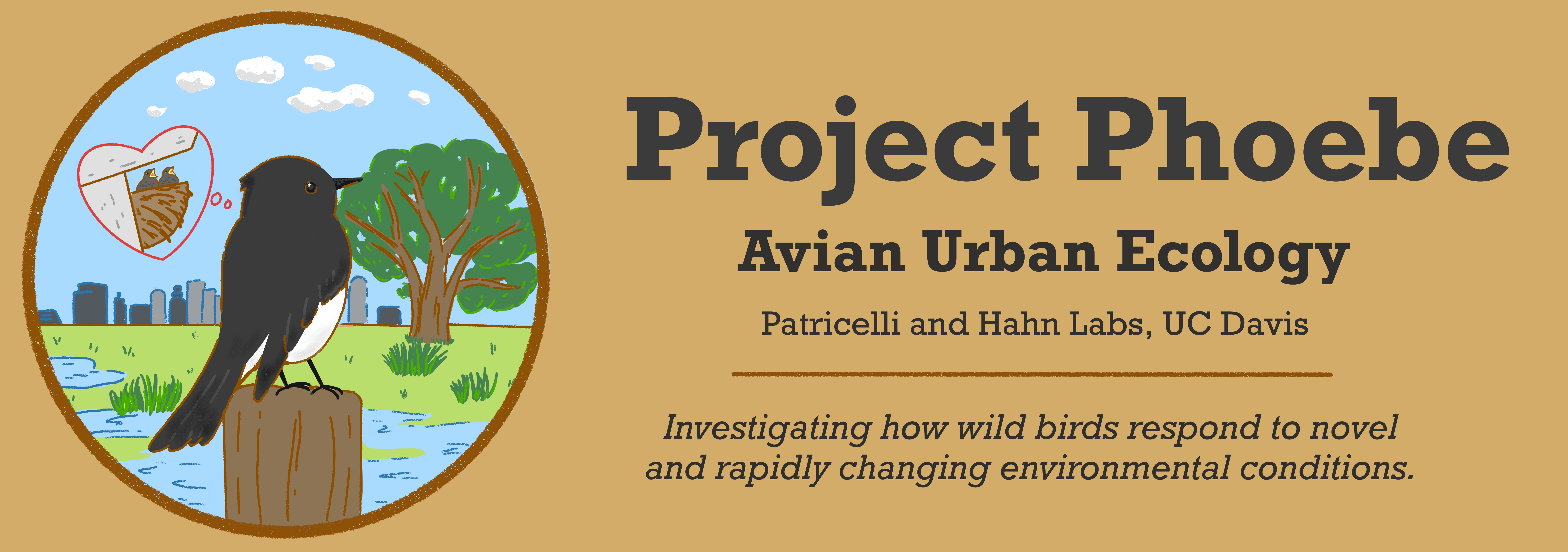Urban Eco Resources
iNaturalist
In our humble opinion, this is one of the most helpful tools you can easily carry around with you if you are interested in learning more about anything in the natural world around you. Developed locally by the California Academy of Sciences, “iNat” functions as a picture-based identification app, and it really can help with ID’ing anything as it isn’t specialized for a certain type of organism. In this way, you can take a picture in the app of, say, a mushroom in your yard or a moth that has flown into your house or even animal tracks you come across on a hike (iNat works with feathers and scat, too!). For any of these, you will receive iNat’s confident ID or at least its best guess about the unique species name associated with the organism. From here, you can learn such things about the species as its distribution and what other organisms it’s related to.
And! You can feel great about sharing your pictures with iNat because each picture ID’d and shared is made accessible to the wider iNat community, which includes scientists and other professionals who can review IDs and even incorporate them as data about biodiversity for various projects.
To get started with iNaturalist, simply search on your device’s app store or visit www.inaturalist.org and make an account.

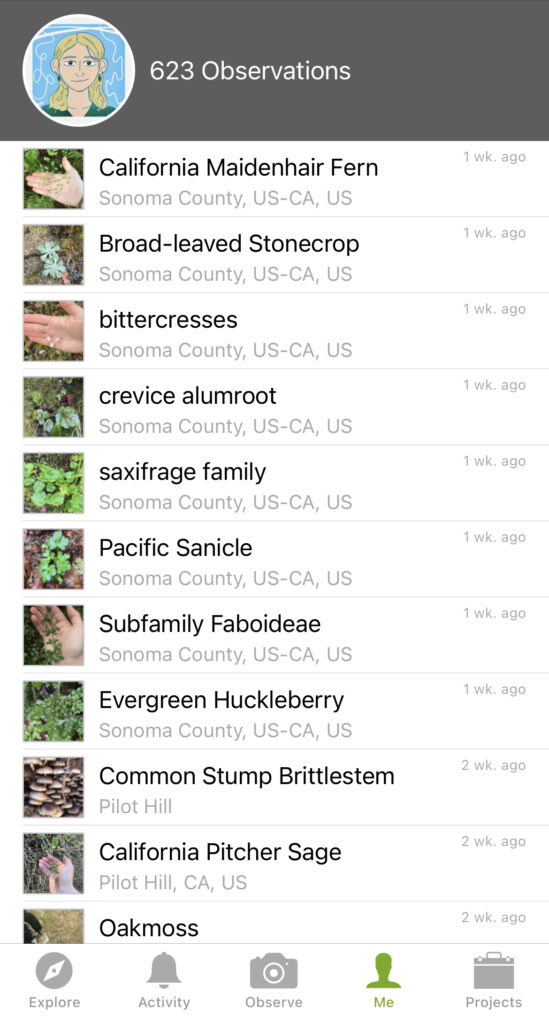
Merlin and eBird
This duo of apps is beloved and contributed to by many a bird-nerd! They are both free community science/naturalist tools created and maintained by the amazing Cornell Lab of Ornithology (along with NestWatch below), and they provide a powerful window into the diversity of birds around you.
Merlin serves as your virtual field guide, allowing you to access entries about any species of bird in your geographic area that feature diagnostic photographs and descriptions about the species, along with its range and vocalizations that you can play right in the app. What really makes this field guide stand out compared to traditional paper ones (beyond the fact that it’s free and lives right on your phone!) is that Merlin can do things like filter its list of species to show you ones that are likely in your area for a given time of year, and it can walk you through the identification of a mystery bird using just its size, color and some behavior (e.g., was the bird flying or swimming?).
For those who want to go further with their birding, eBird provides proactive and organizational services. That is, in the eBird app or on the website, you can search species of birds that you just really want to see (maybe you’ve never seen a Bald Eagle?) and eBird will show you the locations and details of the most recent sightings shared by all of its users. To give back to the eBird community, you can use the app to create “checklists” of birds you see whenever and wherever you might be observing them. These checklists provide data for others to search for cool birds, they provide potentially useful data to scientists and professionals, and they are organized by eBird into your personal “life list,” your lifelong record of the bird species you’ve been fortunate enough to encounter!
To get started with either Merlin’s ID services or eBird’s features, search them on your device’s app store or, for eBird, visit www.ebird.org to explore online. Also, if you are interested in an online alternative to Merlin, check out Birds of the World, a browser-friendly field guide also developed by Cornell: https://birdsoftheworld.org/bow/home.


Your Local Audubon Society Chapter
There’s so much to learn about birds from the friendly folks at your local Audubon Society chapter – and so many ways to get involved! All chapters are unique, but almost certainly every chapter will host free community events like bird walks, seminars and identification workshops. Your local chapter will likely also offer volunteer opportunities to do great things like wildlife-minded habitat restoration. If you are unsure whether you have a local chapter or what it’s called, try searching the web for your town, city or county’s name + “Audubon society.” For example, if you are local to the Sacramento Valley like we are, your local Audubon chapters would be Yolo Audubon Society for Yolo County and Sacramento Audubon Society for the city of Sacramento and greater area. Visit their websites to make a connection: Yolo County, www.yoloaudubon.org ; Greater Sacramento, www.sacramentoaudubon.org.
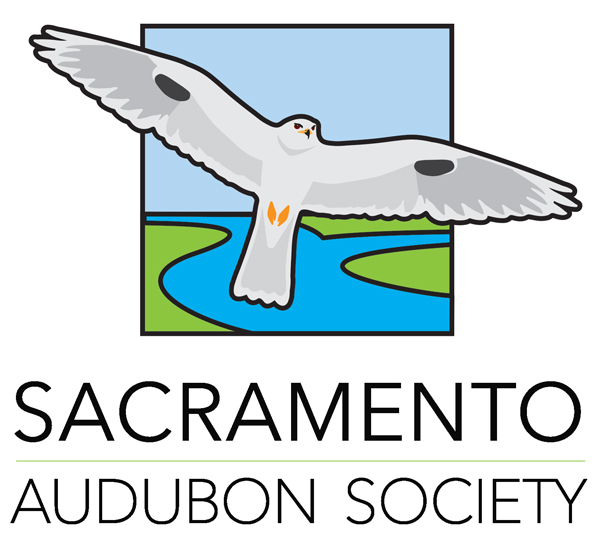
Celebrate Urban Birds
Celebrate Urban Birds seeks to recognize that living alongside birds in our urban areas is a beautiful and fascinating social, cultural and scientific phenomenon. Like we have strived to do with our website, this project offers many great articles and interactive opportunities in both English and Spanish for learning about urban birds that are friendly for all ages and levels of experience. If you have some data to share about the urban birds in your area, there is even a built-in and guided data entry portal on the site where you can contribute to an associated community science research project. Finally, Celebrate Urban Birds also provides inspiration for artistic and wellness activities relating to birds and occasionally organizes virtual events or in-person events across North, Central and South America.
Start celebrating urban birds at www.celebrateurbanbirds.org.
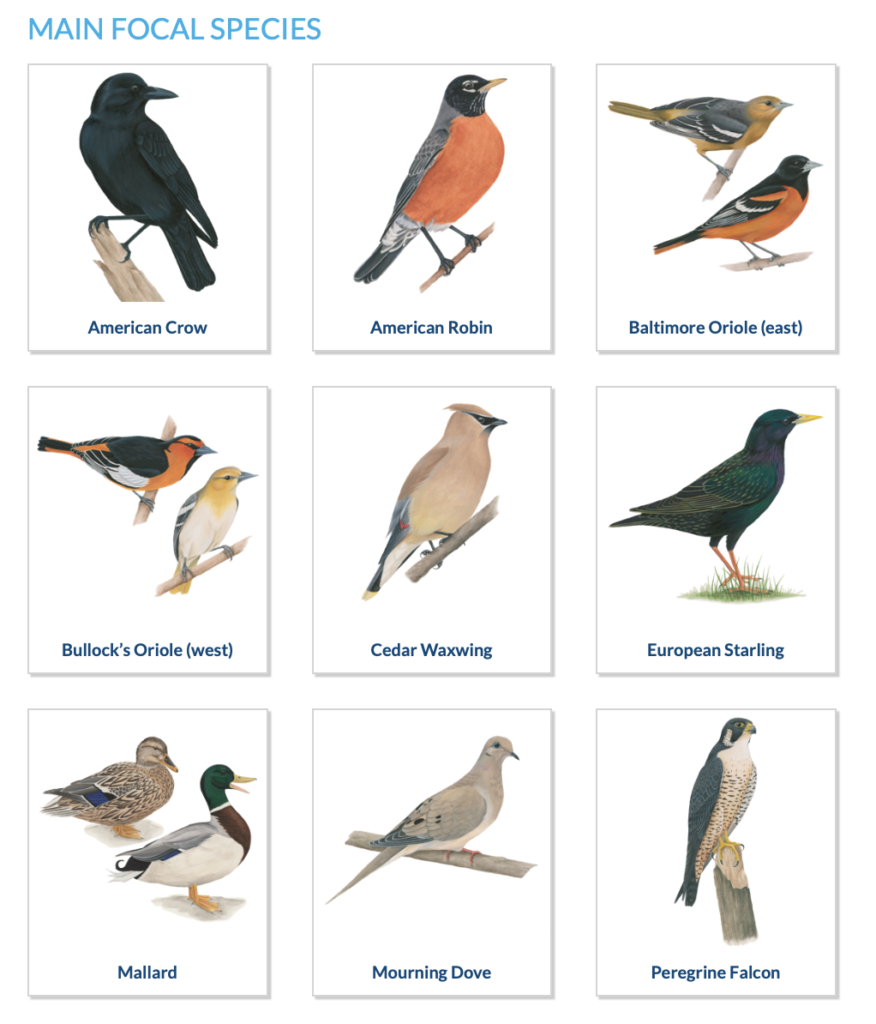
NestWatch
For folks who want to get deeply involved in community-based bird research, consider acquainting yourself with Cornell’s NestWatch. This is a longterm nest and reproductive success monitoring initiative that is powered by the contributions of urban, suburban and rural denizens across the U.S. predominantly but many other countries as well. NestWatch offers a quick certification program on how to locate, identify and observe bird nests over the duration of the nesting effort (from nest construction to offspring fledging), and then encourages you to go out into your neighborhood and monitor any nests you encounter, inputting relevant data into the NestWatch phone app as you go. For example, maybe you pass by a little hummingbird nest every day while walking your dog, or maybe you even have a mourning dove nesting in your backyard? If you regularly observe a nest of any sort, you can convey what you see with NestWatch and provide incredibly useful data to scientists about the state and fate of bird populations.
As a cool bonus feature, the NestWatch website also provides blueprints/guides for building nest boxes for various species. So, you could bring the birds to you by building a nest box, and then you can share data about the success of any birds that end up using it!
Altogether, there’s so much to get excited about at www.nestwatch.org.
